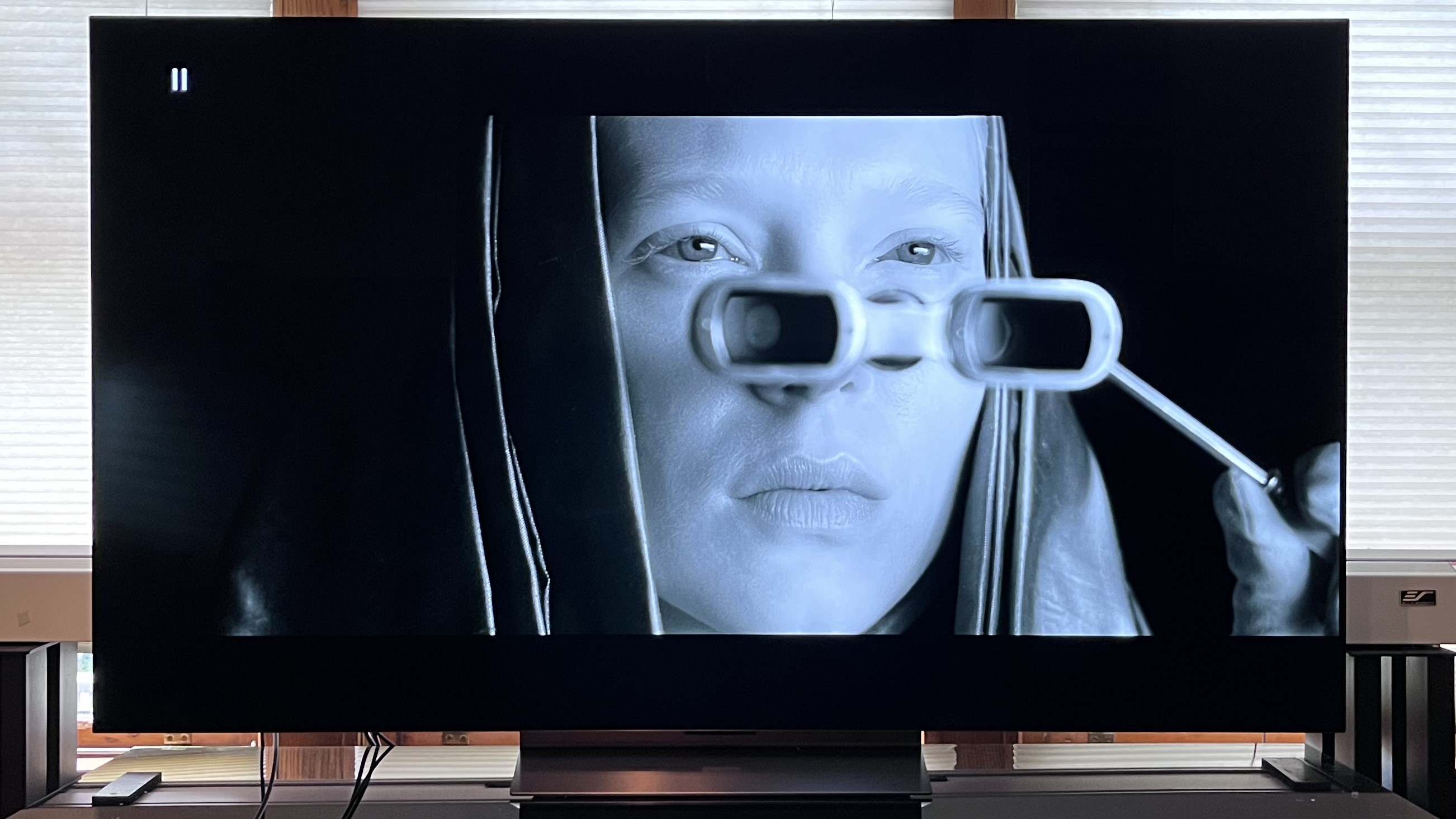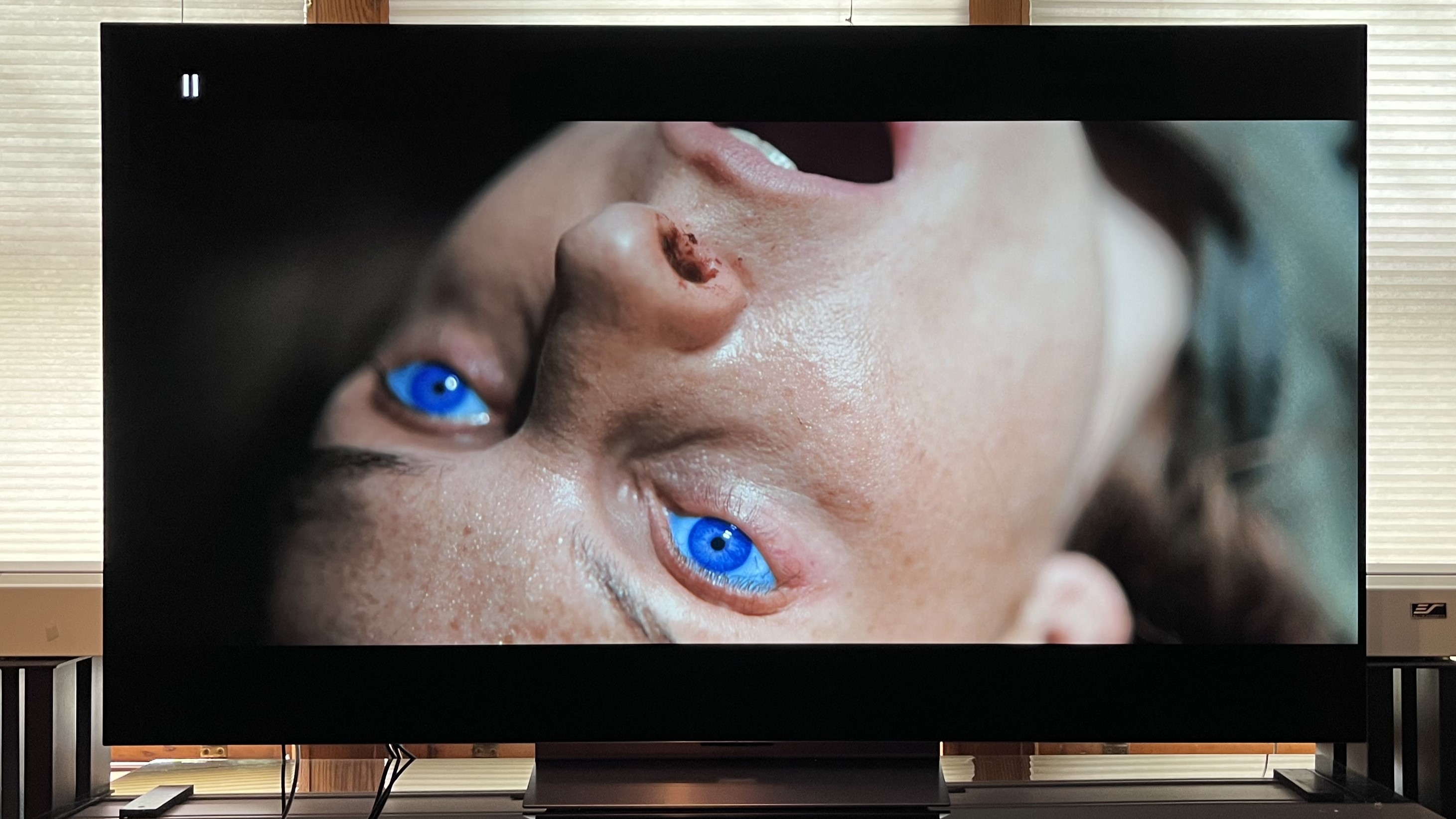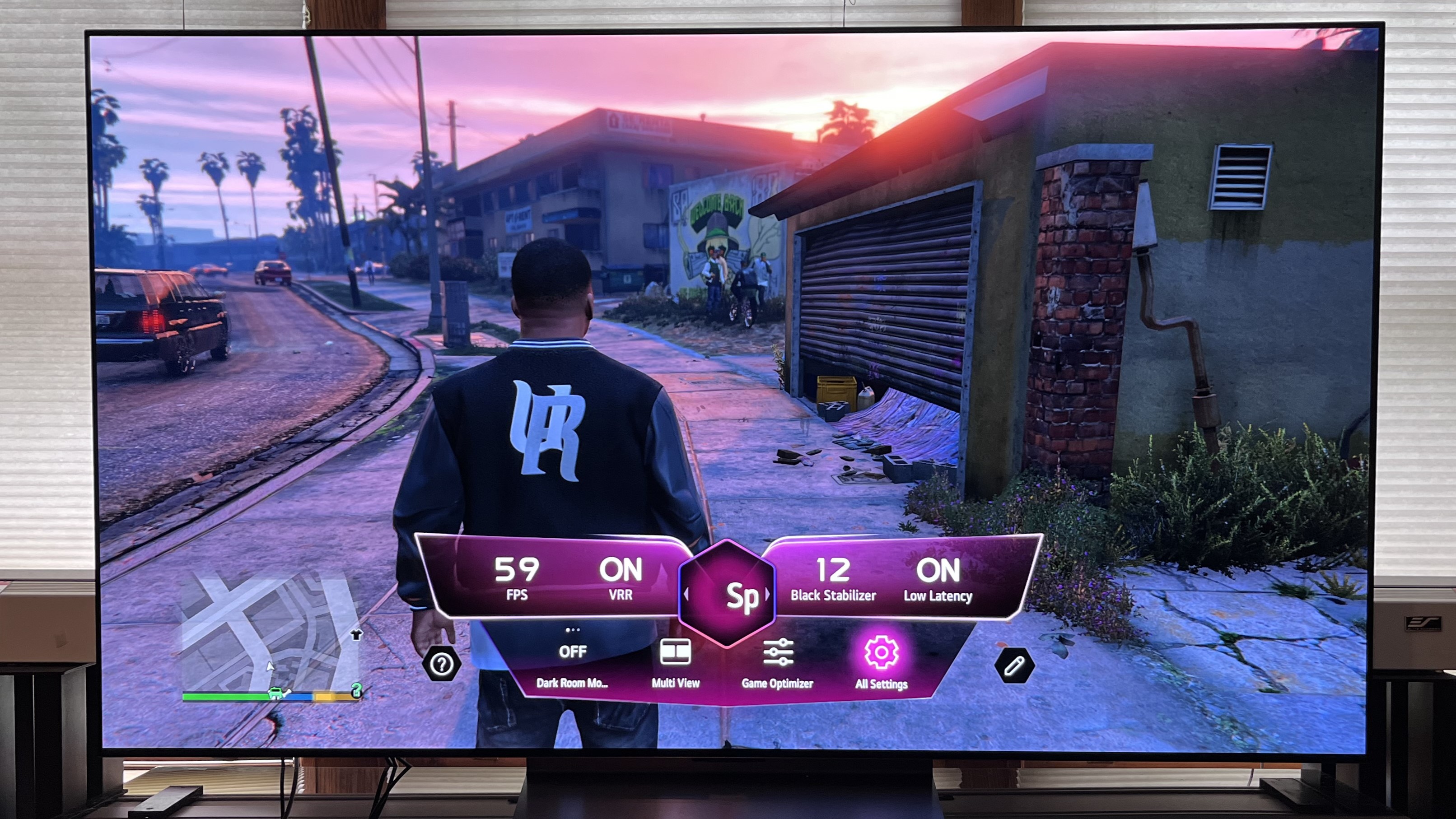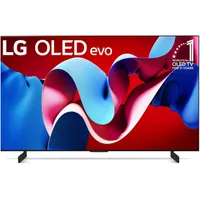We’ve tested the best new OLEDs of 2025, but last year’s LG C4 is still our best TV buy – here’s why
All the glory of OLED, half the price

If you look at our guide to the best TVs of all kinds, or specifically our guide to the best OLED TVs, you won't find five-star TVs from 2025 in our number one spot.
No, the TV I'm recommending to people as hitting the best balance of price and performance right now is from last year, the LG C4 OLED TV. That's due to a combination of factors: the particular mix of things that have changed in the year since it launched, and things that haven't.
You can read our full LG C4 review if you want to just dig into what we thought of that TV when it launched, but our recommendation today is based on the current landscape – and as things stand, our TV reviewing team is united on the fact that the LG C4 really hits the sweet spot better than anything else.
Let's dig into why the scales of the TV universe have tipped in the LG C4's favor to make it the perfect buy a year after it launched.
1. It's such a great price
I don't want to shock anyone, but OLED TVs are expensive. They haven't fallen in price the way that mini-LED TVs have, so they remain firmly at the more premium end of the TV market – and yet, anyone who sees one will tell that they really feel worth a premium, thanks to their impressive contrast (which I'll talk about more in a moment).
But after a year on sale, the LG C4's price has fallen to something much more in the mid-range TV bracket than the premium end.
In the US, you can get the LG C4 from just $699 for the smallest size (the 42-inch version). In the UK, that size starts from £599. During regular sales events, you can get the 65-inch LG C4 for under $1,300 / £1,100 – and with Amazon Prime Day 2025 coming up on July 8th-11th, you're like to see more of those prices.
Sign up for breaking news, reviews, opinion, top tech deals, and more.
The LG C4 OLED is ranked number one in our best TV guide, and Amazon's early Prime Day sale has the 42-inch model on sale for its lowest price yet. The LG C4 boasts exceptional brightness, LG's latest Alpha 9 AI chip for enhanced performance, and impressive gaming features, including four HDMI 2.1 ports with 4K 120Hz, VRR, and ALLM support, as well as 144Hz certification from Nvidia.
For comparison, the LG C5, which is the 2025 successor to the LG C4, is priced at $1,399 £1,299 for the 42-inch, and $2,699 / £2,499 for the 65-inch – so you are paying around half the price for the C4, and yet you're getting essentially the same performance. In fact, let's talk about that element of it next.
2. It looks as good as the LG C5 from this year

At the highest-end of OLED tech, there are significant advancements being made every year. The new LG G5 and Samsung S95F make crucial leaps forward in terms of brightness, and are incredibly impressive TVs as a result.
But in the mid-range of OLED tech, the changes are much smaller. The LG C4 and LG C5 fall firmly into this camp, and it means that the LG C4 looks practically just as good as the new LG C5.
Technically, the LG C5 does go brighter – you can see our measurement comparisons from our testing below, but not in ways that make the biggest difference to your experience, and not by enough to warrant paying twice as much for the C5 over the C4.
They both deliver the crucial thing you want from OLED technology: pixel-perfect contrast. Every pixel in OLED can be individually dimmed to total blackness, meaning you get the ultimate in cinematic light and dark reproduction.
You also get beautiful colors, and image quality that holds up even when viewed way off-center, which is not true of more affordable mini-LED TVs.
LG's image processing is excellent, and does a great job with handling native 4K detail, and upscaling from HD or lower to 4K. And the C4 has top-tier motion handling out of the box, including with zero-judder movie motion. We had to tweak the LG C5's settings to get it to the same point.
Yes, the LG C5 is marginally brighter in peak HDR highlights, but its the fullscreen brightness and contrast control that really matter for day-to-day viewing here, and they're basically the same on those fronts. The C5 is also a tiny bit more color-accurate out of the box, but both TVs are so accurate that the human eye can't determine that difference, so the difference is academic.
Our measurement results from the LG C5, LG C4 and Sony Bravia 8:
3. It's one of the most flexible TVs around

A year after its release, the LG C4 is still one of the best TVs available today for hitting basically every checkbox you could want from a TV.
For a start, it comes in a big range of sizes: 42-inch, 48-inch, 55-inch, 65-inch, 77-inch and 83-inch models are all available. So whether you want something small for the bedroom or a home theater masterpiece, you've covered.
The smart TV software has every major streaming service available, as well as a load of features related to connecting to a PC for work, and sports information, and voice control, and smart home options.
You can get deep into the picture settings to tweak them, or you can use the super-useful Quick Access menu to adjust common settings without getting lost in menus you don't care about.
All four of its HDMI ports support HDMI 2.1 connectivity, including 4K 120Hz and variable refresh rate, meaning you have total flexibility over what you connect to which port. Many TVs only have two HDMI 2.1 ports, meaning you have to think about whether your games console is connecting to the correct port, and whether buying another one means swapping cables. Not here. They're all full-quality, you can just connect and not worry about it.
It's a future-proof TV – but it's particularly strong when it comes to gaming, so let's talk about that specifically.
4. It's still as good as gaming TVs get

Nothing has meaningfully surpassed the LG C4 for gaming features since its launch, or is likely to beat it in the near future. It supports 4K video at up to a 144Hz refresh rate, and while the LG G5 can hit 165Hz, I think 99.99% of people really won't care about that difference.
It also supports every major kind of variable refresh rate support, including the HDMI 2.1 spec VRR (used on the PS5), AMD FreeSync and Nvidia G-Sync. G-Sync support is still very rare in TVs, so this makes LG popular with PC gamers, naturally.
The LG C4 supports HDR gaming, including Dolby Vision at up to 120Hz from compatible devices, including the Xbox Series X.
And it has a very low input lag, which is the time taken for the TV to actually show an image on-screen once it's received it from the console or PC – you can see the measurement among the graphs further up this page, but we measured it at 9.2 milliseconds at 60Hz, which is as good as TVs get, and is identical to the LG C5.

Matt is TechRadar's Managing Editor for Entertainment, meaning he's in charge of persuading our team of writers and reviewers to watch the latest TV shows and movies on gorgeous TVs and listen to fantastic speakers and headphones. It's a tough task, as you can imagine. Matt has over a decade of experience in tech publishing, and previously ran the TV & audio coverage for our colleagues at T3.com, and before that he edited T3 magazine. During his career, he's also contributed to places as varied as Creative Bloq, PC Gamer, PetsRadar, MacLife, and Edge. TV and movie nerdism is his speciality, and he goes to the cinema three times a week. He's always happy to explain the virtues of Dolby Vision over a drink, but he might need to use props, like he's explaining the offside rule.
You must confirm your public display name before commenting
Please logout and then login again, you will then be prompted to enter your display name.
